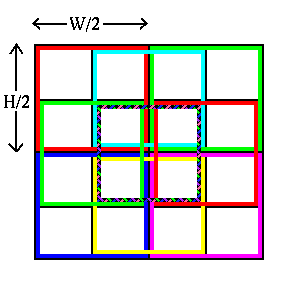
The following data sets were used to test this technique:

The magnitude squared of the Fourier Transform is then computed for
each of the nine overlapping regions. The approximated two-dimensional
power spectrum is then obtained by averaging the magnitude squared output
of each of the overlapping regions. For the purposes of detecting
focus, we are only interested in the magnitude of the power spectrum at
high frequencies. We do not care about the orientations of various
features in the power spectrum. For this reason, to simplify the
problem the two-dimensional power spectrum can be reduced to one dimension
by performing radial averaging, as shown in Figure 2.
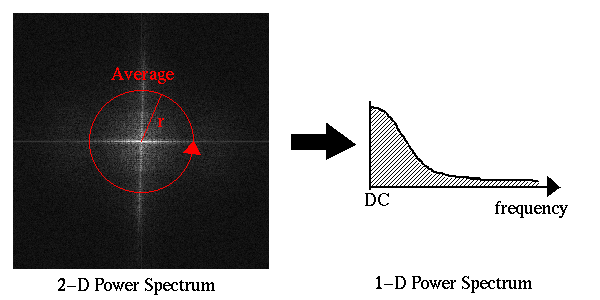
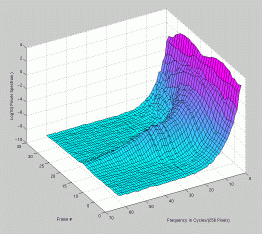 |
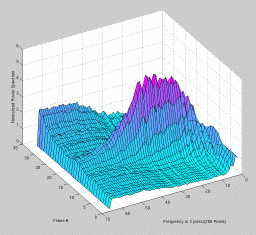 |
MVR-3041_4step Full Size -Set of 33 1024x1024 images taken from a typical (tree type ??) sample. The images were captured at 4 focus motor step intervals, with frame 15 at the "best" visual focus. |
Sample images: frame10, frame15, frame20 | ||||||
|
|
|
|
|
|
|
|
|
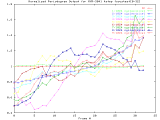 |
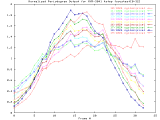 |
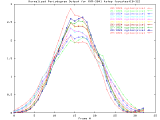 |
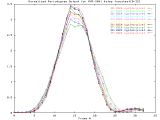 |
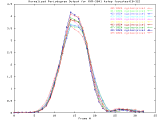 |
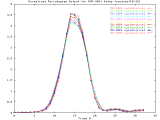 |
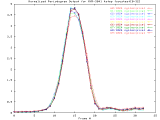 |
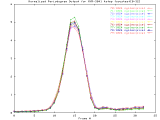 |
BCD-95-246_4step Full Size -Set of 33 1024x1024 images taken from a typical (tree type ??) sample. The images were captured at 4 focus motor step intervals, with frame 15 at the "best" visual focus. |
Sample images: frame10, frame15, frame20 | ||||||
|
|
|
|
|
|
|
|
|
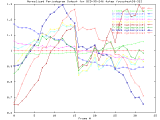 |
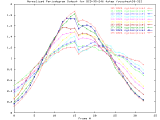 |
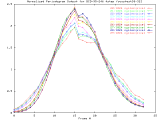 |
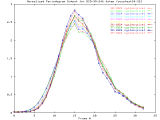 |
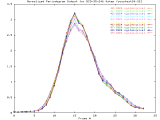 |
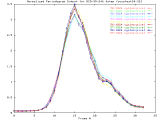 |
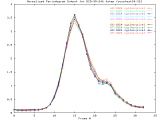 |
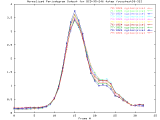 |
MVR-3041_4step Windowed -Set of 33 256x256 images taken from a typical (tree type ??) sample. The images were captured at 4 focus motor step intervals, with frame 15 at the "best" visual focus. |
Sample images: frame10, frame15, frame20 | ||||
|
|
|
|
|
|
|
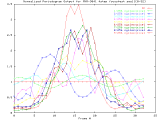 |
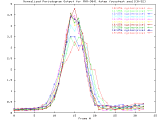 |
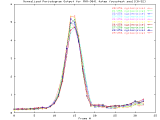 |
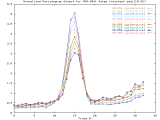 |
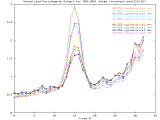 |
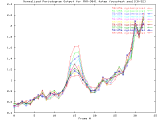 |
BCD-95-246_4step Windowed -Set of 33 256x256 images taken from a typical (tree type ??) sample. The images were captured at 4 focus motor step intervals, with frame 15 at the "best" visual focus. |
Sample images: frame10, frame15, frame20 | ||||
|
|
|
|
|
|
|
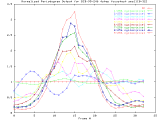 |
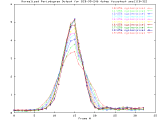 |
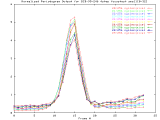 |
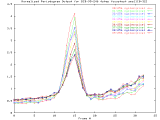 |
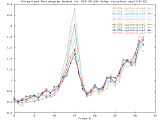 |
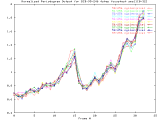 |
MVR-3041_1step Windowed -Set of 20 256x256 images taken from a typical (tree type ??) sample. The images were captured at 1 focus motor step intervals, with frame 5 at the "best" visual focus. |
Sample images: frame0, frame5, frame20 | ||||
|
|
|
|
|
|
|
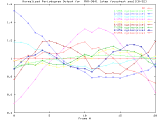 |
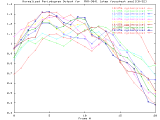 |
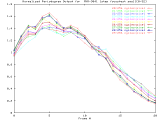 |
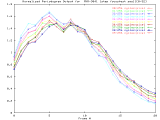 |
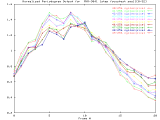 |
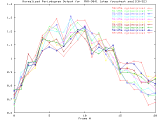 |